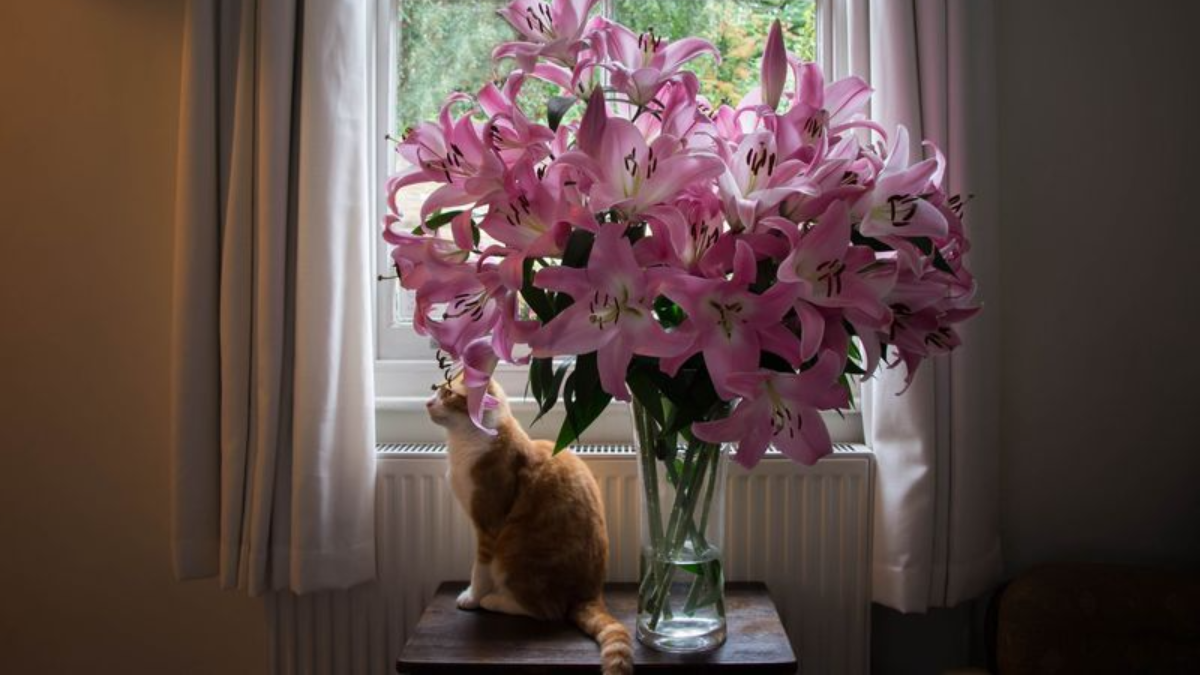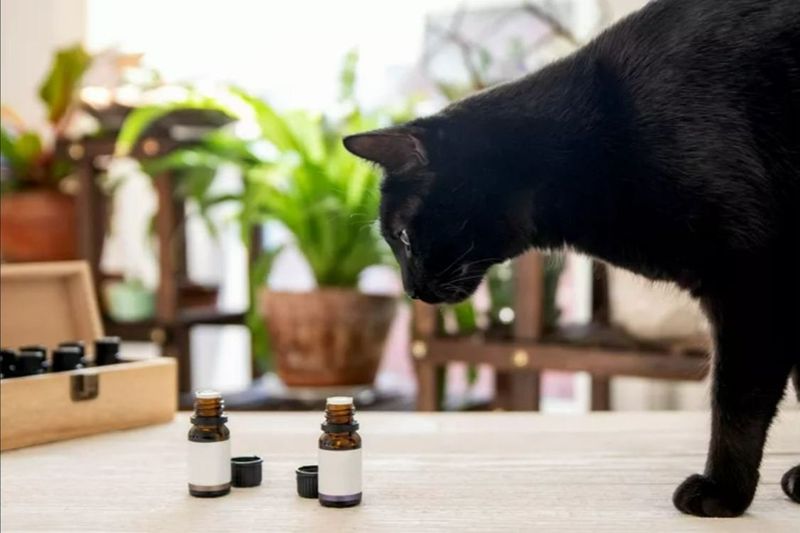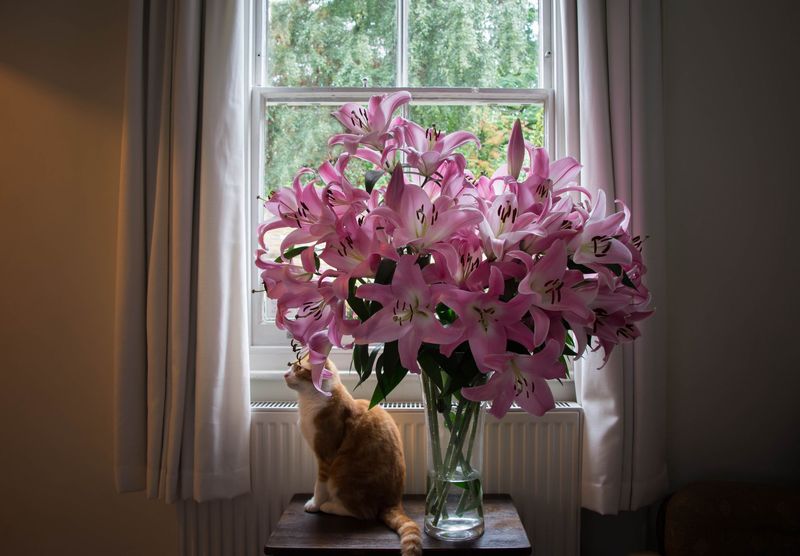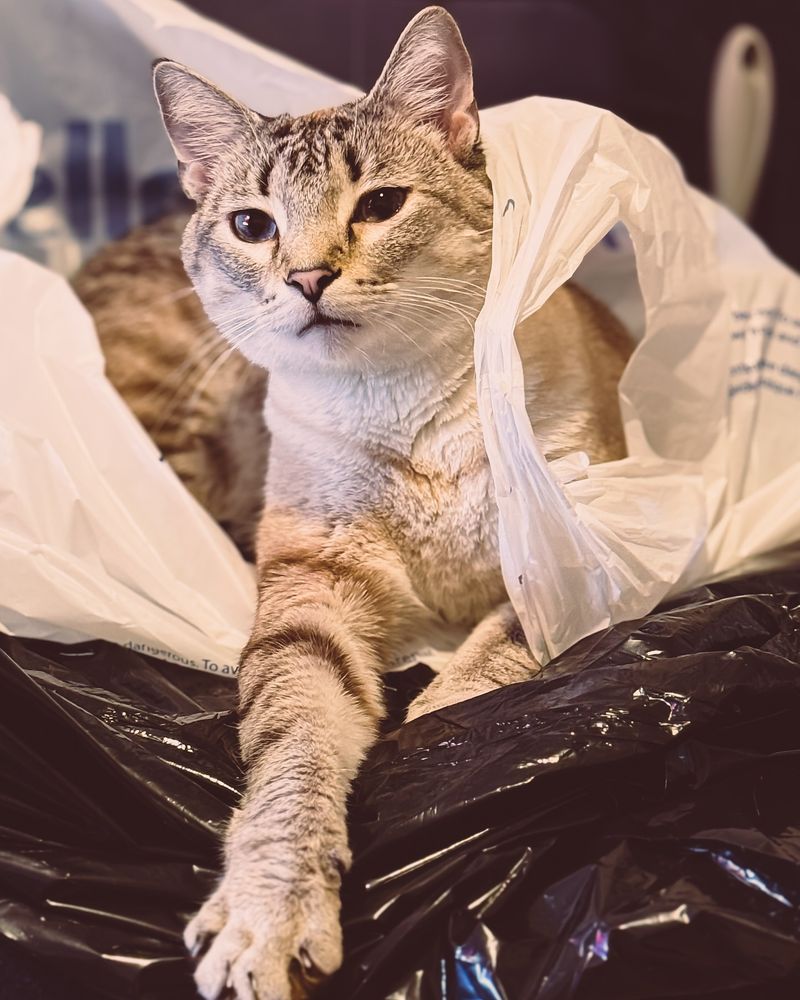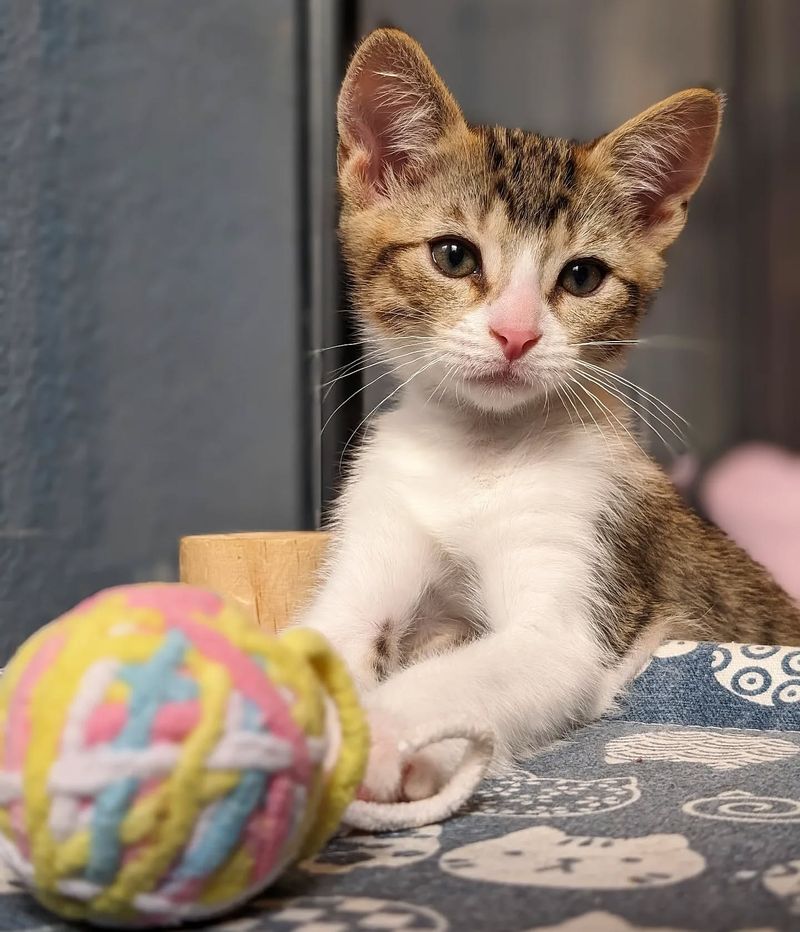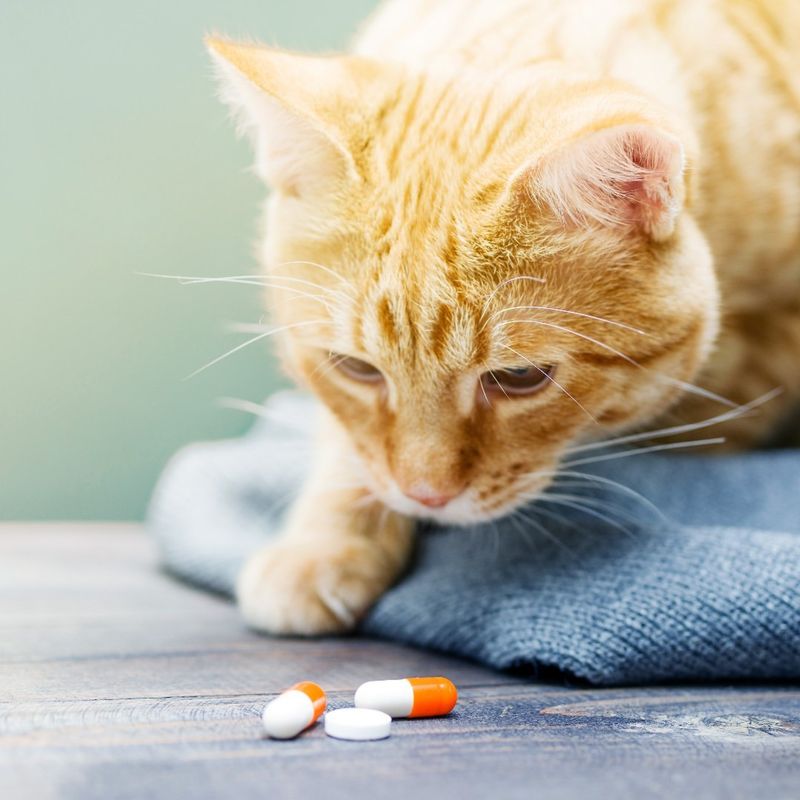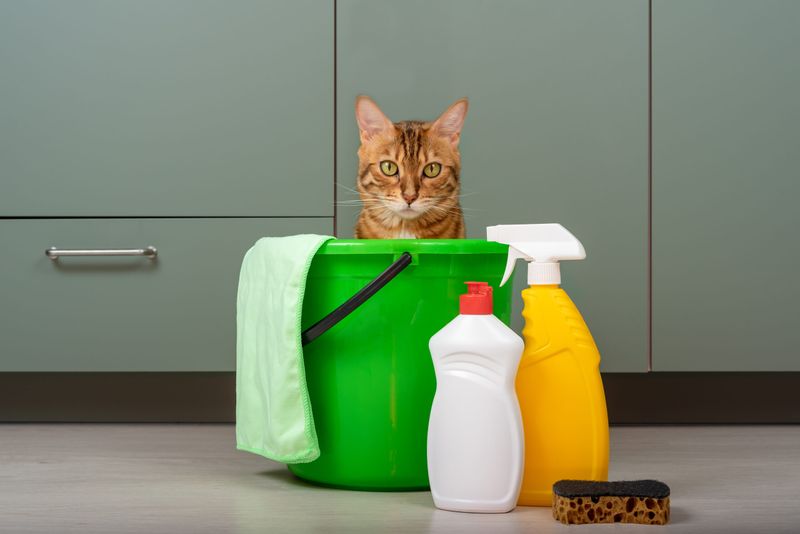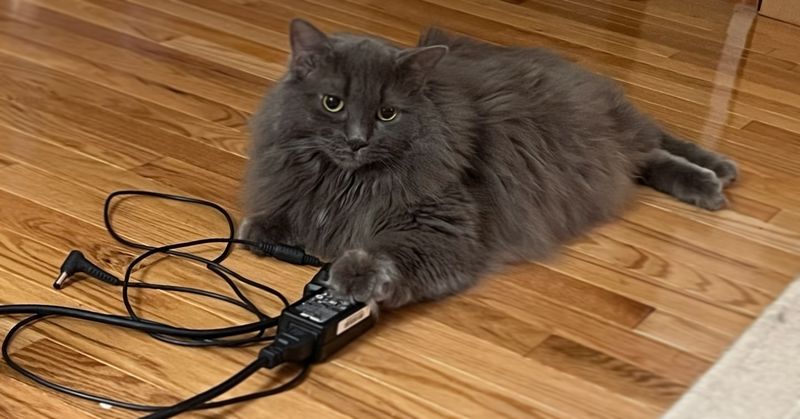📖 Table of Content:
We all want our cats to live their best nine lives—lounging on sunlit windowsills, chasing imaginary prey, and giving us that signature side-eye when we dare to interrupt their nap.
But while we do our best to keep them healthy and happy, some surprising everyday things could be throwing a wrench in their feline fabulousness. Sure, you’ve locked up the chocolate and keep the plants mostly unchewed, but what about the less obvious culprits?
From household hazards hiding in plain sight to habits you didn’t know could backfire, we’re diving into seven unexpected things that could harm your cat’s health.
1. Essential Oils
Cats lack certain enzymes in their liver to properly metabolize these oils, making them vulnerable to poisoning. Even inhaling diffused oils can lead to respiratory issues.
If you enjoy using essential oils, ensure they are kept out of your cat’s reach. Consider using a separate room for diffusing oils, where your cat cannot enter. Always consult a veterinarian if your cat shows symptoms like drooling or difficulty breathing.
It’s also wise to check the ingredients of cleaning products, as many contain essential oils. Choosing pet-safe alternatives minimizes risks. Awareness is key; understanding the effects of these oils can prevent accidental harm to your beloved pet.
2. Lilies
Lilies are popular houseplants, but they are extremely toxic to cats. Ingesting even a small part of the plant can lead to severe kidney failure in cats. Symptoms might include vomiting, lethargy, and loss of appetite.
Prevention is the best measure; avoid having lilies in your home if you own a cat. Educating family members about the dangers of lilies can also prevent accidental exposure. If you suspect your cat has come into contact with lilies, seek veterinary care immediately.
While lilies are beautiful, many other safe plants can enhance your home’s aesthetics without posing a threat to your pet. Opt for cat-friendly options like spider plants or bamboo to keep your furry friend safe.
3. Plastic Bags
Plastic bags might seem like an innocent plaything, but they pose significant risks to cats. The material can cause suffocation if a cat becomes trapped. Additionally, chewing on plastic can lead to intestinal blockages.
Keep plastic bags out of reach, storing them in cabinets or using reusable cloth bags instead. Providing safe toys can also divert your cat’s attention away from hazardous items like plastic bags.
Being vigilant about household items is essential. Regularly check your home for potential hazards and ensure your cat’s environment is safe. Awareness and proactive measures can prevent accidents and keep your pet healthy and happy.
4. String and Yarn
While it might be adorable to watch a cat play with yarn, it can be hazardous. Cats can accidentally swallow string, leading to severe digestive issues or blockages that might require surgery.
It’s essential to supervise playtime involving string or yarn. Opt for safer toys designed specifically for cats, which provide entertainment without the risk of ingestion.
Educating family members about the dangers of string and yarn can prevent accidents. Always tidy away these items after use. Your cat’s health is worth the extra effort to ensure their play environment is safe and enjoyable.
5. Human Medications
Cats are naturally curious, often exploring areas like bathrooms where they might encounter human medications. Even a small dose of common over-the-counter drugs can be toxic to cats.
Always store medications securely, out of your pet’s reach. Be cautious with pill bottles and blister packs, as cats can easily bite through them. If your cat ingests any medication, contact your veterinarian immediately.
Taking precautions with medications is crucial. Labeling and organizing medication storage can help prevent accidents, ensuring your cat stays safe from potentially lethal substances.
6. Household Cleaners
Ingestion or contact with these substances can lead to poisoning, skin irritation, or respiratory problems.
Store all cleaning products in secure, cat-proof cabinets. Consider using natural, pet-safe cleaners to minimize risks. Regularly ventilate areas during cleaning to avoid harmful inhalation.
Awareness and careful storage are your best defenses. Keeping your home clean should not compromise your pet’s health. Simple precautions ensure a safe and cat-friendly living environment.
7. Electrical Cords
Electrical cords can attract cats, especially kittens, who might mistake them for toys. Biting into these cords can lead to electric shock, burns, or even death.
To prevent such accidents, use cord protectors or hide cords behind furniture. Providing chewable toys can also divert your cat’s attention from dangerous cords.
Regularly inspect your home for exposed cords and ensure your cat’s environment is safe. Simple adjustments can prevent potential hazards, keeping your curious feline safe and sound.
